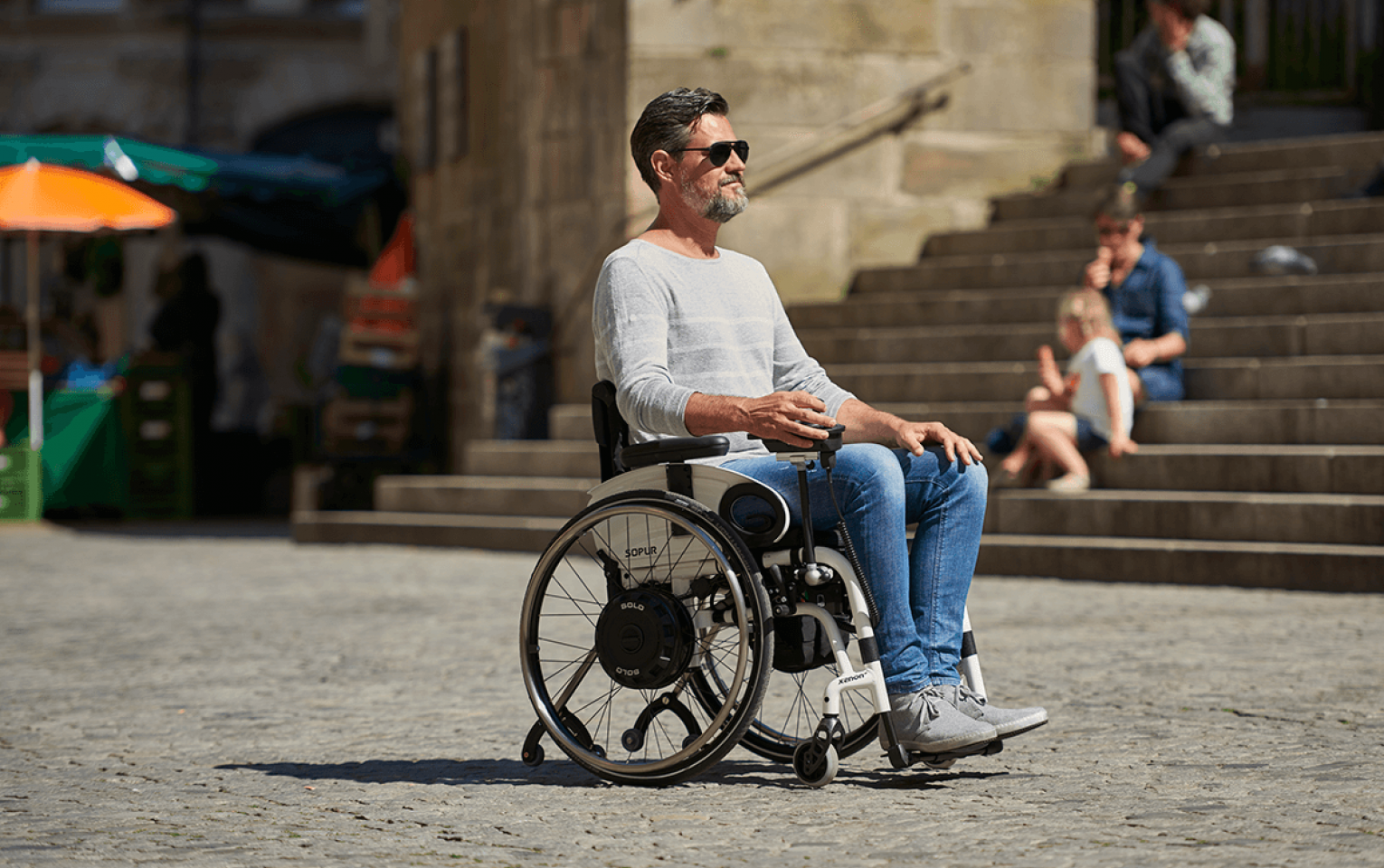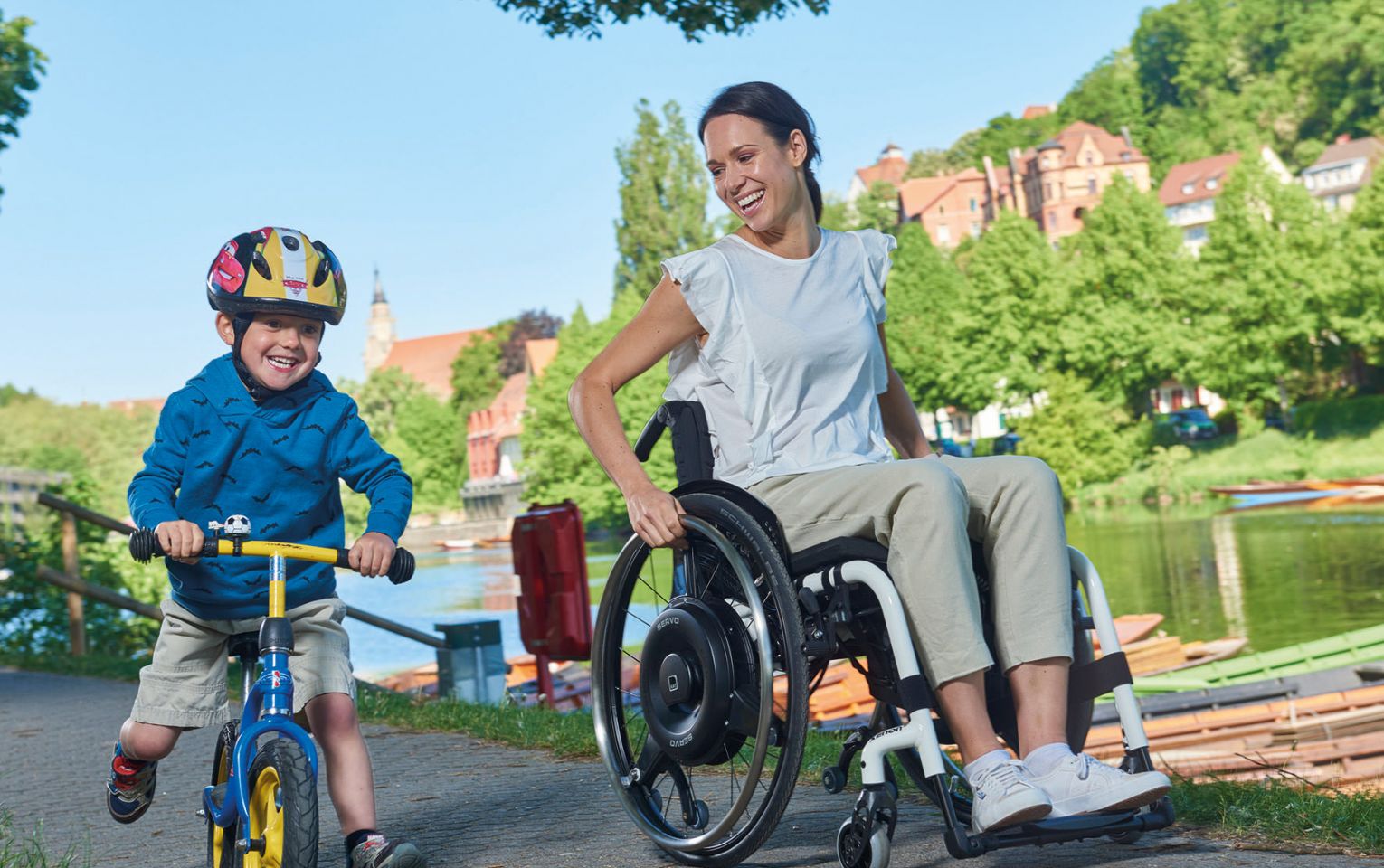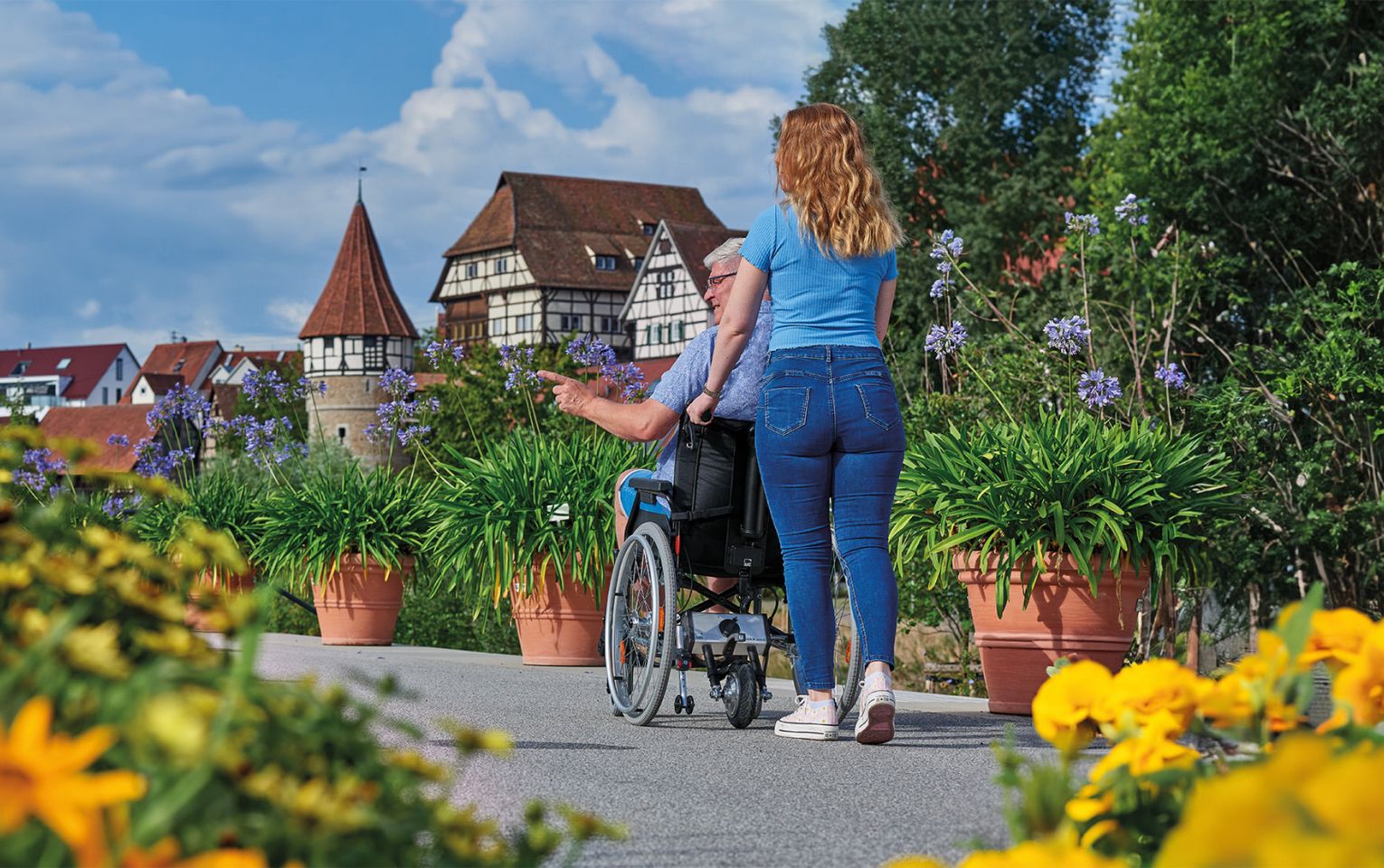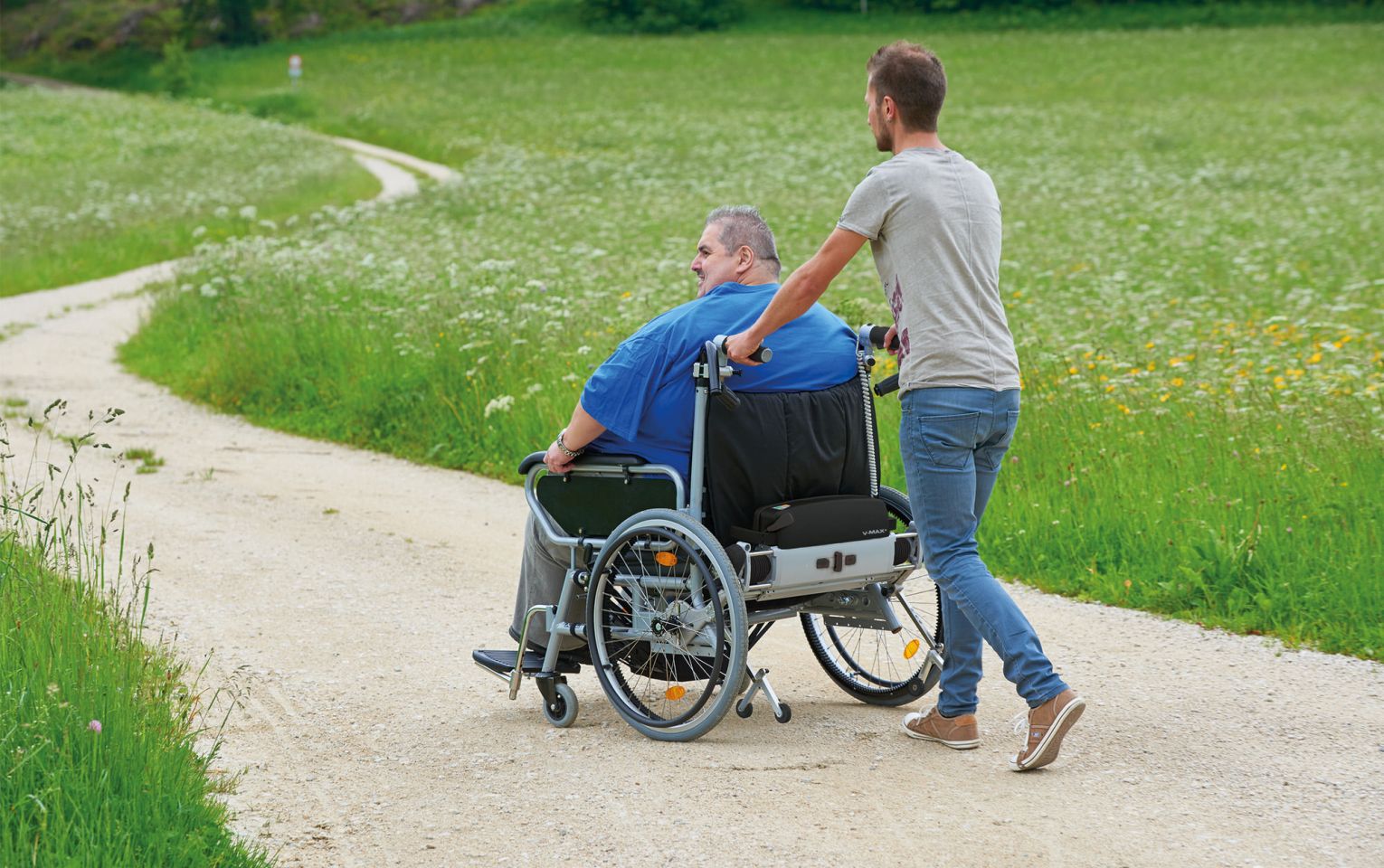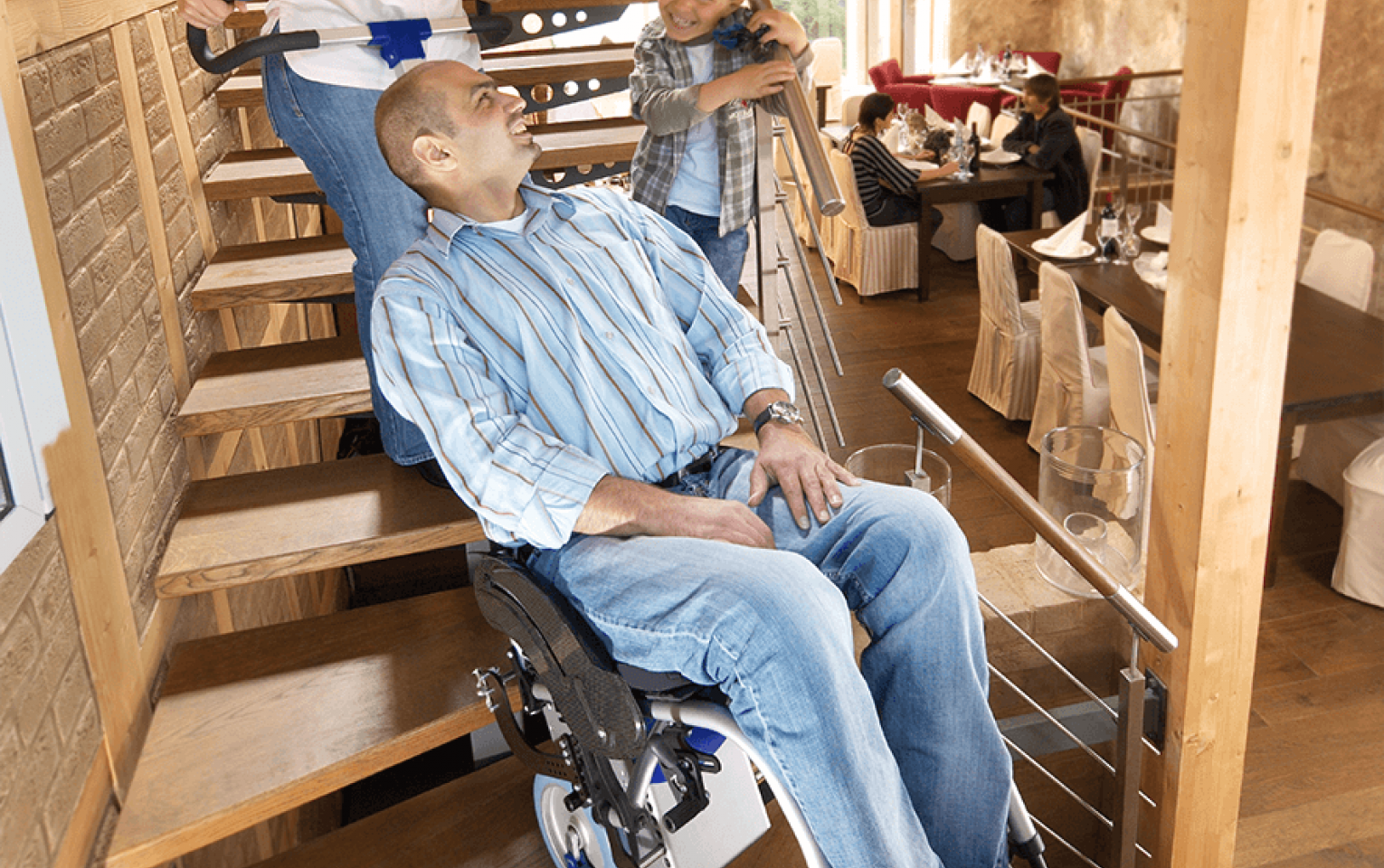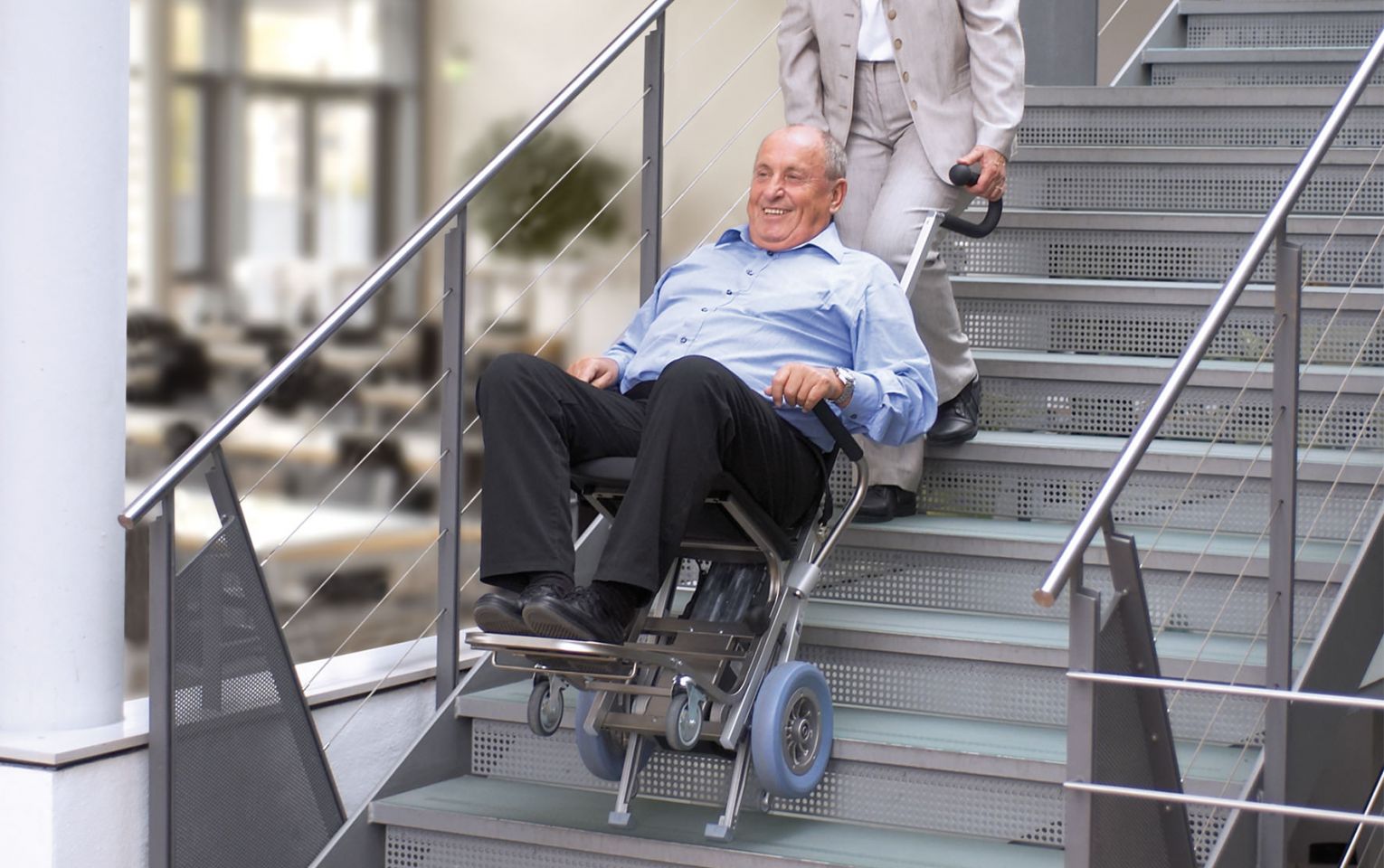
Important customer information:
Groundbreaking BSG rulings
Date: 07/2024
News on the provision of medical aids in Germany
The latest judgments by the Federal Social Court (BSG) in April 2024 mark a significant turning point in the provision of medical aids by health insurance companies. For people with walking disabilities and limited arm or hand function, these decisions not only widen their range of movement, but also open up new possibilities for using their residual strength. These groundbreaking decisions have the potential to significantly improve the quality of life of many people affected.
In this article, you will find all the important information about the judgments and what they could mean in practice.





